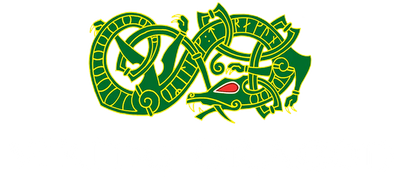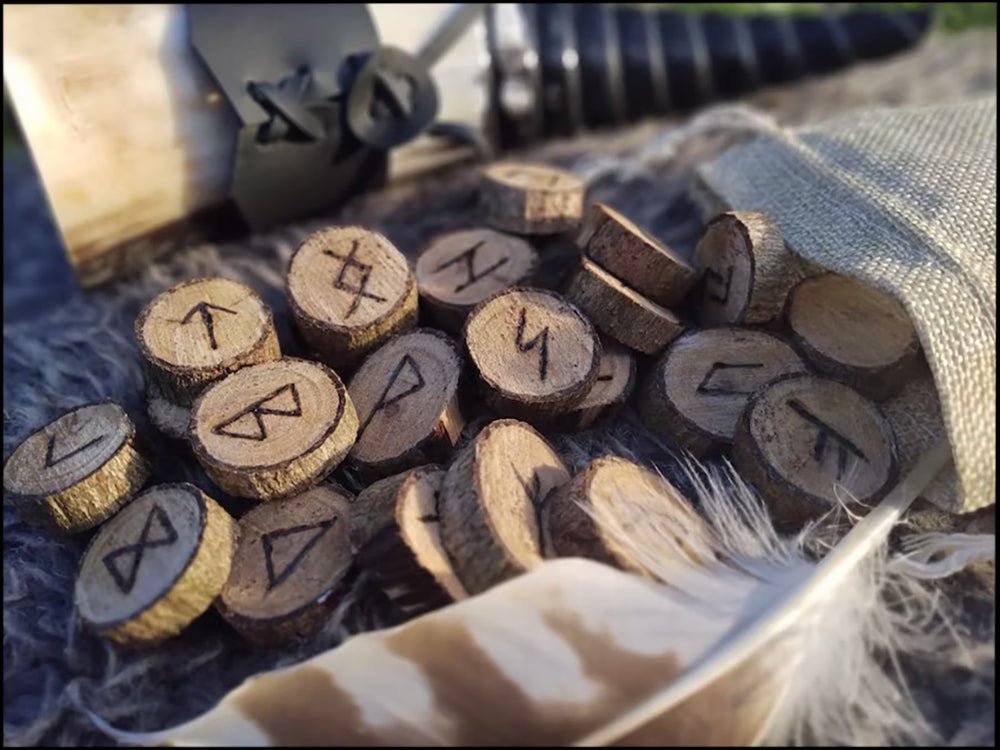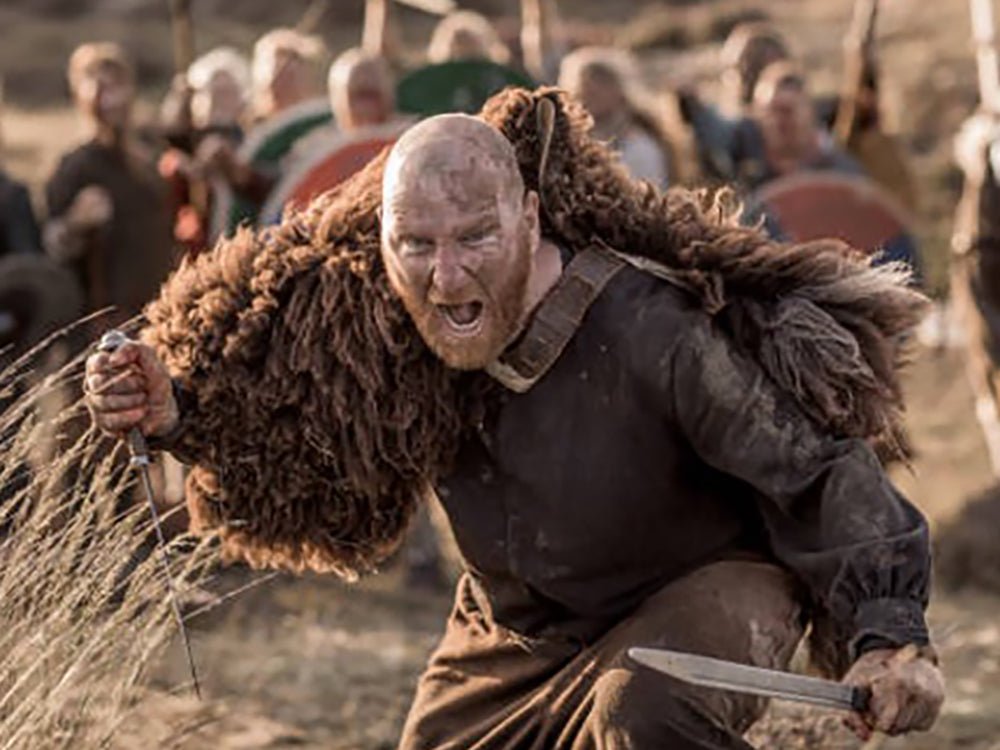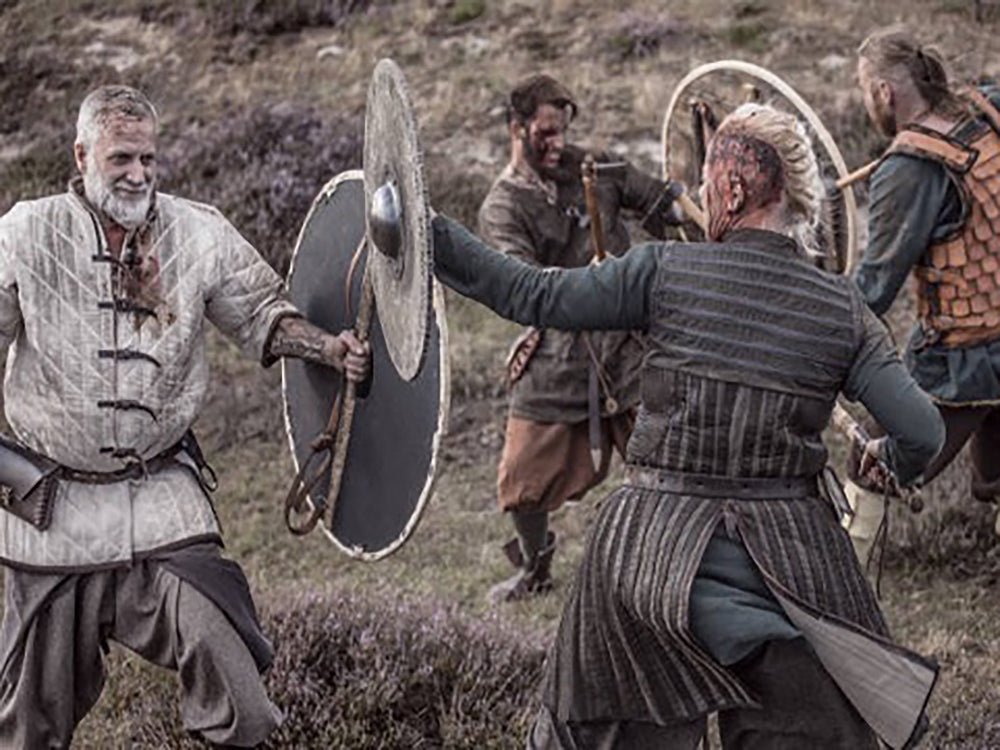The Vikings believed that the universe around them was controlled by a rich pantheon of gods and spirits. In a volatile world, impacted so heavily by the seasons, disease and other forces of nature, VIking-age Scandinavians could turn to a seeress for insights into the whims of fate.
The practice of seidr, a type of ritual magic performed to convey messages from the spiritual to the mortal realm, was used in Viking society for everything from telling the future to diagnosing illness. Rituals were performed by visionary seeresses, who held such a high position in society that they were honoured in Viking sagas and buried with treasures fit for a Norse queen. In this article, we’ll peek into the fascinating world of Seidr: who performed the rituals, how they entered the spirit world, and how this form of Viking magic is making a comeback today.
The Seeress

Seidr ceremonies were carried out by seeresses called Völva. These professional mystics travelled from town to town, farmstead to farmstead, performing commissioned seidr rituals and acts of magic in return for money and board. Seeresses were renowned in society for their rare abilities in magic and healing, and were called upon by everyone from Viking kings to ordinary families to act as a go-between between the mortal and spirit realms.
Given their special abilities and power over the fates, skilled Völva were extremely respected members of a Viking community. In the Saga of Erik the Red, the seeress is described in great detail, her wealth apparent from the opulent ermine-fur hood, jewel-encrusted skirt and bronze staff. Despite their wealth and high status, Völva stood apart from ordinary society. The ability to read and manipulate the future which gave them great standing in the community also elicited mistrust and fear from ordinary people. They were also believed to hold almost supernatural powers of seduction due to their close relationship with the goddess Freyja.
Though the vast majority of professional Völva were women, there were some men who practised Seidr. The most notable among them was Odin himself, who was said to have learned the practice from Freyja, the most powerful seeress of them all. Despite this, Seidr was a highly gendered activity, and a man found leading a Seidr ritual could be ostracised for being argr, or ‘unmanly.’ In the Lokasenna from the Poetic Edda, even Odin is taunted by Loki for taking part in such a feminine practice.
The Ritual

Seidr rituals were usually commissioned during times of crisis, such as outbreaks of disease, adverse weather conditions, or even personal disasters such as the breakdown of a family. The goal of the ritual was to receive answers from the spirit world or the Norns, the Viking goddesses of fate. Though it’s usually associated with divination and prophecy, there were many possible goals to a Seidr ritual. Seeresses could be called on to request assistance for a family or community, ask advice or express gratitude. Seidr may also be used as a healing ritual by asking for the cause of an illness or for help in driving away malevolent spirits.
The Völva would begin her ritual by gathering the family around her in a circle and sitting on a special throne, a staff or wand in her hand. In order to contact the realms of Gods and spirits, she had to enter a trance-like state through singing, drumming, chanting and prayer. More renowned seeresses would be assisted by a group of young women, also trained in the art of prophecy, who would continue to chant and sing through her communication with the fates to strengthen her connection to the immortal realm. The Saga of Erik the Red describes the perils of travelling between through states of being and tells of the seeress using talismans and runes to protect her during the ritual.
Wands, Staffs and Talismans

On many subjects from tattoos to human sacrifice, historians studying the Vikings struggle with a mismatch between what's depicted in contemporary literature and the archaeological evidence available. Thankfully, this is not the case when it comes to decoding seidr. The graves of seeresses have been an absolute treasure trove of ornate wands, staffs and trinkets, supporting the Sagas’ descriptions of such objects being central to the work of a Viking Völva.
The most common object associated with seidr discovered in Viking-era graves are elaborately engraved staffs, often made of iron and sometimes decorated with precious stones, bone or bronze. One of the most elaborate examples discovered was found on the Swedish island of Öland, where archaeologists unearthed a 82 cm long staff with bronze ornamentation and topped with a small statue of a house cast in metal. Other graves of seeresses have included smaller wands, usually made of metal or bone, and leather bags of ritual talismans and runes. In some cases, seeresses have been found with intoxicating, or even psychedelic, plants, which are thought to have aided them in entering the trace state.
These archaeological findings don’t only lend credence to the depictions of rituals in Viking literature but also show the high status of seeresses within Nordic society. The Öland grave included several animal sacrifices, a bear skin cloak and a carved stone jug which archaeologists believe came from Central Asia. It’s thought by some that the famous Oseberg ship, long believed to have been the final resting place of a queen due to the valuable grave goods and potential human sacrifice found within, may have been the final resting place for a particularly renowned Völva. This theory comes from the numerous objects found onboard that are associated with seidr such as a wooden staff and bag of hemp seeds.

The Death and Rebirth of Seidr
Even at the dawn of the Viking-age, Seidr was an ancient practice. Though it was later integrated into the Viking belief system, Seidr had its origins in Bronze-Age Scandinavian Shamanism, which itself was likely influenced by even older Sami practices. Despite its long-held significance in local culture, Seidr gradually declined after the arrival of Christianity in Scandinavia.
Though driven to near extinction by the 12th century, the practice of Seidr is currently experiencing somewhat of a Renaissance. With the growth of Asatru, the modern-day practice of the Viking-age religion, there is an increased interest in studying and reconstructing Seidr practices so that they can be used again today.
The Völva, is today what we would call a Witch. Back then she could see the will of the Gods, and see the spirits, and communicate with them, as their voice, as in the The Hamaval, which was Channeled from Odinn through the Völva.
Seidr is Bewitchment, it is what Odinn, like many times in the story about Vidars mother, and the saga of the Ship and the hanging tree, is why it was so feared, as it was like Hypnosis. It could make you see and hear things that weren’t true, and make you do things against your will, which is what Odinn praticed in his plotting. Odinn's good eye was that of 'sight', or 'foresight'.
In the world of Seidr, the word 'Spá' is also commonly used, as this is related to the English word, 'spy', as to see. Spákraft was to see the spirits and see the future, to spy into the spirit realm. It also where we get the phrase 'I spy, with my little eye, from Scotland, in I Spae, Wit My little eye, because of the Norse Cunning women, who became the Scottish Witches.



